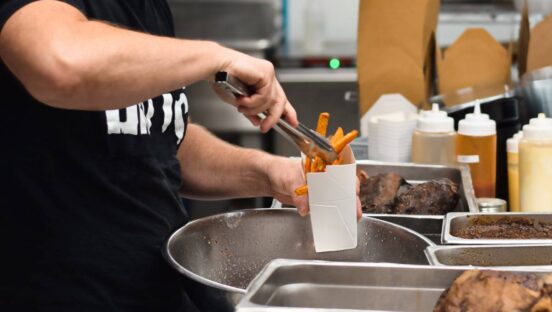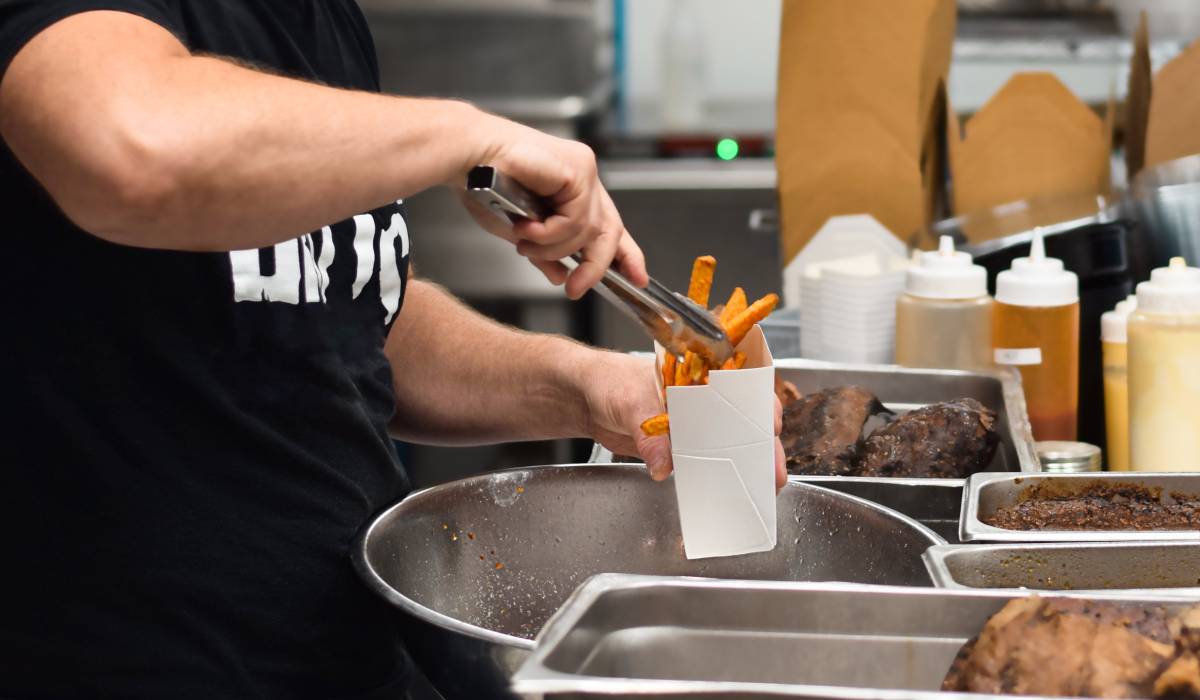I recently read Danny Klein’s QSR article about a recent Simon-Kucher study on the impact of the new California minimum wage law on consumers. As usual (ha!), it got me thinking about revenue management.
The upcoming minimum wage increase to $20 per hour in California poses a significant challenge for quick-service restaurants. While beneficial for workers, it results in a substantial impact on operational costs, particularly fixed costs, for restaurants. This article delves into effective strategies from an RM perspective to help quick-serves navigate this increased cost.
Understanding Fixed, Variable, and Marginal Costs in the Realm of RM
One thing to think about here is the distinction between fixed costs, variable costs and marginal costs.
Fixed costs remain constant regardless of a company’s output. In the context of the wage increase, fixed costs like rent or lease payment remain unaffected, but labor costs, often considered to be semi-fixed, will escalate.
Variable costs are costs that vary with the level of output such as food supplies (perhaps you get a quantity discount for purchasing more) and labor costs (you might need to add a line cook when customer volume goes above a certain level). With the upcoming wage increase, labor costs, a significant portion of variable costs, will rise, impacting overall operational expenses.
Marginal costs represent the cost of serving one additional customer. With restaurants, the marginal cost is typically just the cost of food.
With revenue management, every amount over the marginal cost can go towards offsetting the high fixed cost. Given that the fixed costs of California restaurants affected by this law will increase, the question becomes one of how to navigate through this situation.
Back to the Research
Research indicates customers accept price increases when they understand the reasons behind them. The Simon-Kucher study that Danny Klein discussed in his article, highlights this, showing most Californians are aware of the minimum wage law changes and the majority support them, expecting some cost pass-through in prices. Yet, significant hikes may backfire, as consumers may reduce their spending or seek alternatives. This is where ‘mental accounting’ plays a role, as consumers have budget thresholds that, if crossed, can lead to negative reactions. Restaurants need to consider these behaviors when adjusting prices.
So, Now What?
Given that the law goes into effect in April, it’s time for the gnashing of teeth and chest-pounding to end. Yes, restaurants don’t like this and have worked hard to have the law blocked, but it’s happening. For this reason, it’s essential for restaurant to develop a strategy for maintaining profitability.
Essentially there are two simultaneous approaches that can be taken here: operations and marketing. Given the labor-shortage during post COVID times, most quick-service restaurants have already embarked on streamlining their operations, but could go a lot further. It’s not only streamlining operations, but it’s also about leveraging technology in appropriate places and careful labor scheduling.
Let’s focus in on the marketing side. Given the Simon-Kucher study and previous consumer behavior research, what are some approaches for mitigating the challenges of this increase in fixed costs?
Clear Communication on Fairness: It’s key for quick-serves to explain price rises due to increased costs. Customers tend to accept such hikes when they’re made aware of valid reasons behind them, such as significant wage legislation changes. But, as mentioned before, a 30 percent increase in price might cause customer backlash.
Measured Promotion Use: Carefully timed and targeted promotions can maintain customer interest without reducing the perceived value of offerings. Overpromotion risks customers expecting lower prices consistently, potentially harming profitability.
Tailored Loyalty Initiatives: Loyalty programs should be specifically designed to cater to the most price-sensitive customers, fostering repeat business while maintaining a relationship-based approach to marketing.
Local Economic-Based Pricing: Adjusting prices to reflect local economic conditions can optimize revenue and ensure pricing is appropriate for each demographic and region.
Strategic Discount Application: Discounts should be carefully calculated to appeal to customers during less busy times, using data analytics to determine the optimal balance between attracting customers and preserving peak-hour pricing. The dynamic pricing companies such as Revenue Management Solutions, Sauce, Juicer, Extropy360 and DynamEat can help restaurants with determining what that discount should be.
Menu Diversity in Pricing: A varied menu that considers customer budgeting behaviors can accommodate those looking for more affordable options while also catering to those willing to spend more. A range of menu entrée prices can give customers the option to choose a more affordable meal and stay at your chain, even with price increases.
Profit-Focused Menu Engineering: Focusing on items with a higher profit margin that require less labor can help sustain profitability when operational costs rise, such as during minimum wage increases.
The minimum wage hike in California presents both challenges and opportunities for quick-service operators. By adopting a multifaceted approach that includes strategic pricing, effective communication, operational efficiency, and customer engagement, restaurants can navigate through these changes. Emphasizing transparency, aligning with consumer perceptions of fairness, and leveraging technology are key to balancing increased operational costs with revenue growth strategies, ensuring sustainability and profitability in the long run.
Sherri Kimes is an Emeritus Professor at the Hotel School at Cornell, specializing in pricing and revenue management. With over 25 years of active involvement in teaching, research, and consulting in restaurant revenue management, she is passionate about helping restaurants increase profitability. For those interested in delving deeper into the world of pricing and revenue management, Sherri invites you to join her on LinkedIn, where she shares additional insights and strategies through her Revenue Mosaic newsletter. She can be reached at sk@sherrikimes.com.












